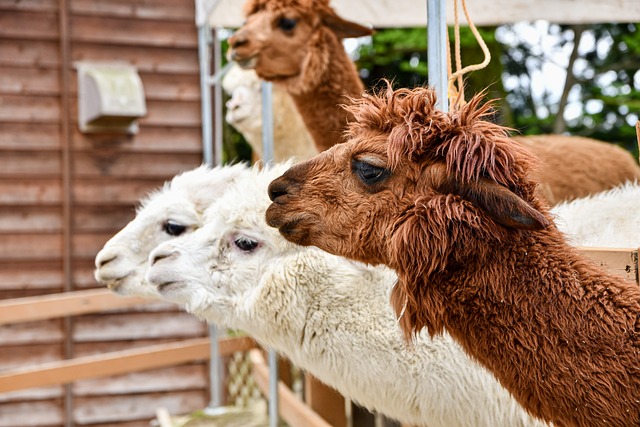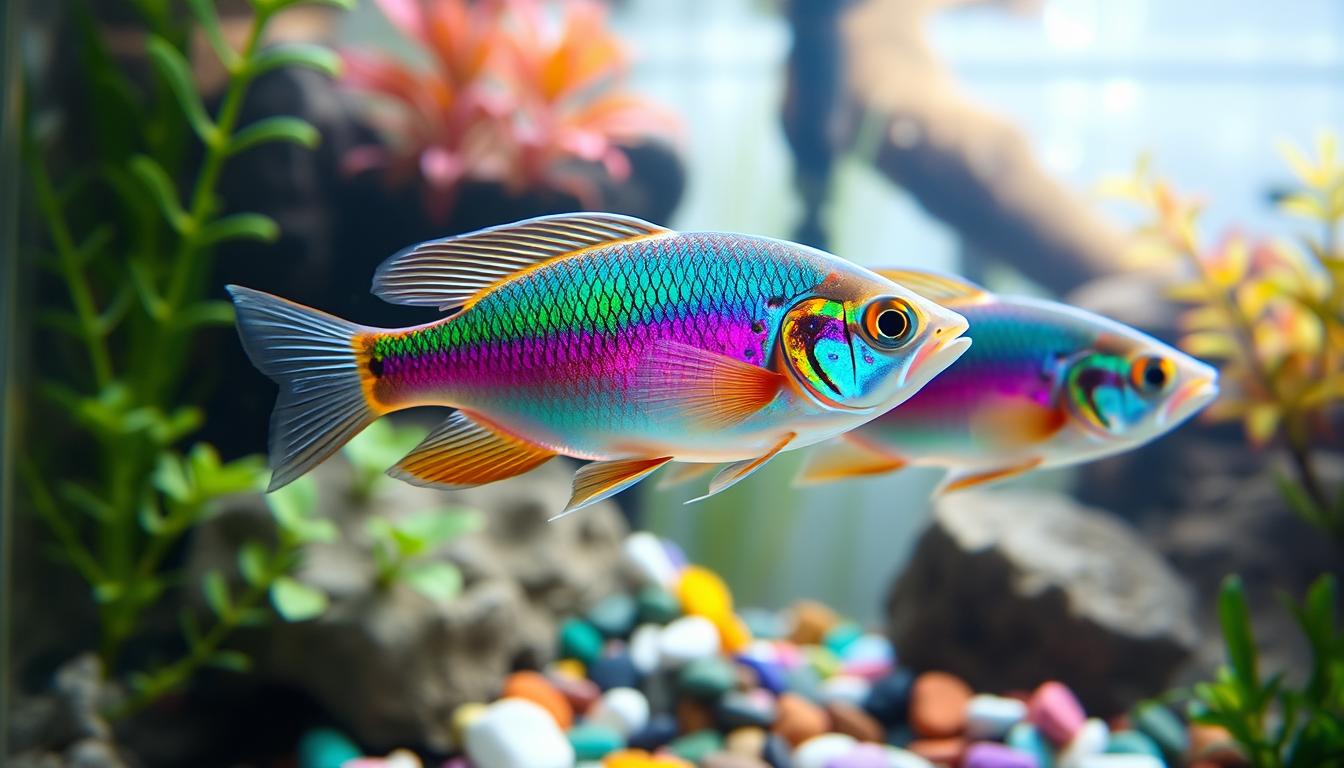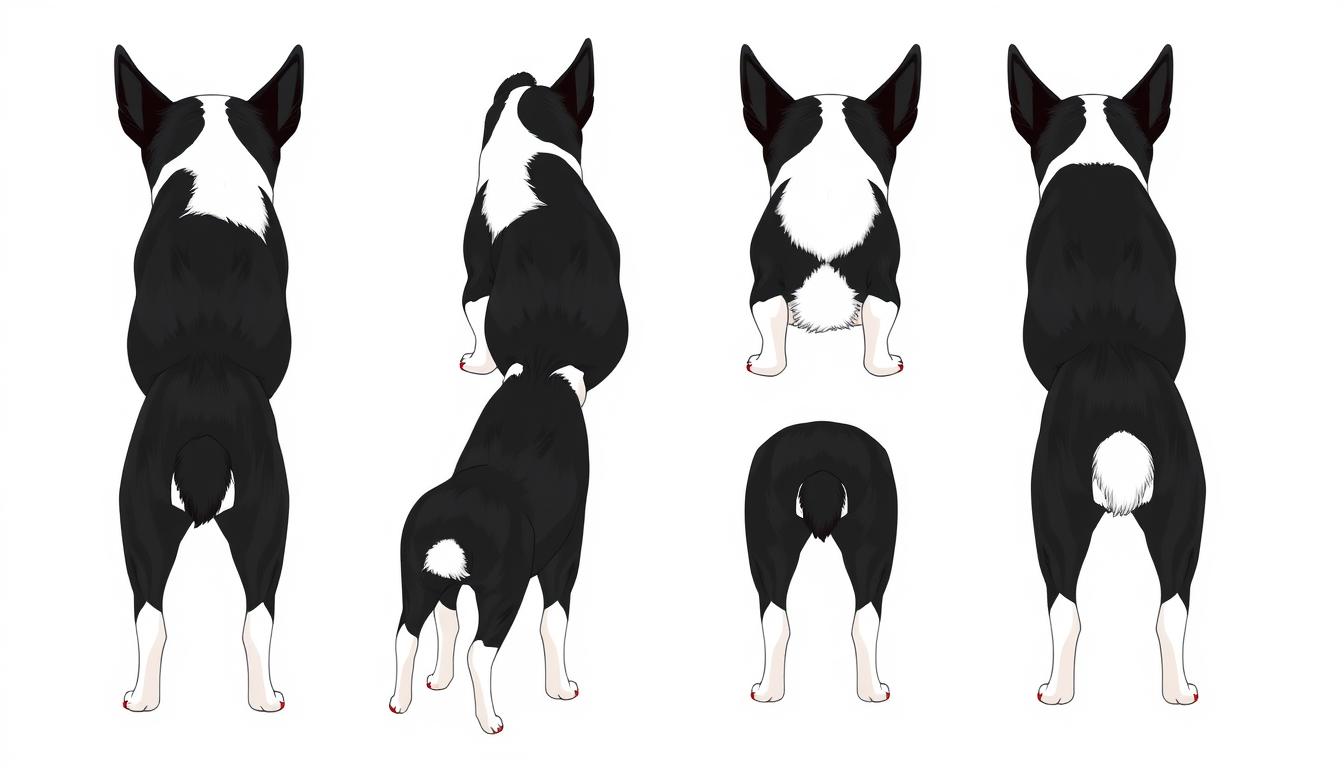The Ultimate Guide to Petting an Alpaca: What You Need to Know

Introduction
Alpacas are adorable, gentle creatures that have captured the hearts of many animal lovers around the world. Whether you’re visiting an alpaca farm or considering adding one to your family, understanding how to interact with them is crucial. Petting an alpaca isn’t just about running your hands through their soft fleece—it’s about connecting with them in a way that makes them feel safe and respected. This guide will walk you through everything you need to know to make your alpaca petting experience as enjoyable as possible.

What Makes Alpacas Special?
Origins and History of Alpacas
Alpacas originate from the Andes Mountains in South America, primarily in Peru, Bolivia, and Chile. These domesticated animals have been bred for thousands of years for their soft, luxurious fleece.They belong to the camelid family, which also includes camels, llamas, and vicuñas.
Physical Characteristics of Alpacas
Alpacas are small, gentle creatures with a distinct appearance. They typically weigh between 100-200 pounds and stand about 3 feet tall at the shoulder. Their soft fleece comes in a variety of colors, including white, black, brown, and gray. Alpacas have large, expressive eyes and a long neck, giving them a unique, endearing look.
Alpacas vs. Llamas: Key Differences
Though alpacas and llamas are often confused, there are some key differences. Alpacas are smaller and have a finer fleece, while llamas are larger and used more for carrying loads. Llamas have longer faces, whereas alpacas have shorter, blunter noses. Understanding these differences can help you better appreciate the alpaca’s unique charm.
Understanding Alpaca Behavior
Alpaca Temperament and Social Structure
Alpacas are herd animals and thrive in groups. They are generally calm and gentle, making them ideal for petting. However, their social structure is important to understand; alpacas have a clear hierarchy within their group, and disrupting this can cause stress.
Communication Signals: How Alpacas Express Themselves
Alpacas communicate through a range of vocalizations and body language. They hum when they’re content, squeal when they’re frightened, and click when they’re annoyed. Understanding these signals can help you gauge an alpaca’s mood and approach them appropriately.
Signs of Stress in Alpacas
Recognizing stress in alpacas is key to ensuring a positive interaction. Signs of stress include pacing, wide eyes, flattened ears, and spitting. If you notice any of these behaviors, it’s best to give the alpaca some space and time to calm down.
Preparing to Pet an Alpaca
Choosing the Right Alpaca Farm
Not all alpaca farms are created equal. When selecting a farm to visit, look for one that prioritizes the well-being of their animals. Farms that offer guided tours and education about alpacas are often the best choice, as they help visitors understand how to interact with the animals responsibly.
What to Wear When Petting Alpacas
Comfort is key when visiting an alpaca farm. Wear clothing that is weather-appropriate, comfortable, and easy to move in. Avoid wearing anything too loose that might startle the alpacas, and consider wearing closed-toe shoes to protect your feet.
Essential Etiquette for Interacting with Alpacas
When interacting with alpacas, it’s important to respect their space. Approach them slowly and calmly, and avoid sudden movements or loud noises. Always ask the farm staff for guidance on how to interact with their alpacas, as each one may have different preferences.
The Art of Petting an Alpaca
The Best Techniques for Petting
When petting an alpaca, use gentle, slow strokes along their neck and back. Alpacas appreciate a light touch, so avoid pressing too hard. It’s best to let the alpaca come to you first, rather than reaching out to them immediately.

Areas to Avoid When Petting
There are certain areas of an alpaca’s body that are best left untouched. Avoid petting their face, legs, and belly, as these are sensitive areas that can make them uncomfortable. Focus on their back and neck, where they are most likely to enjoy being petted.
How to Approach an Alpaca Safely
Approaching an alpaca requires patience and care. Start by standing still and letting the alpaca come to you. If they seem curious, slowly extend your hand for them to sniff.After they appear at ease, you can start gently petting them.
Ensuring a Positive Experience for Both You and the Alpaca
Reading the Alpaca’s Body Language
Understanding an alpaca’s body language is essential for a positive interaction. Look for signs that they are relaxed, such as soft humming, a lowered head, and calm eyes. If an alpaca seems tense or nervous, it’s best to step back and give them some space.
How to Know When an Alpaca Has Had Enough
Alpacas have limits to how much interaction they can handle. If an alpaca starts to pull away, stops responding to petting, or shows signs of stress, it’s time to stop. Respecting their boundaries ensures a good experience for both of you.
Creating a Safe Environment for Alpaca Interactions
Safety is paramount when interacting with alpacas. Ensure that the area is free from anything that could startle or harm the alpaca. Always supervise children and keep dogs or other pets away from the alpacas to prevent any accidents.
Common Mistakes to Avoid
Misinterpreting Alpaca Behavior
It’s easy to misinterpret an alpaca’s behavior, especially if you’re not familiar with them. For example, humming is often mistaken for distress, when it can actually mean contentment. Learning the subtle cues of alpaca communication can prevent misunderstandings.
Overwhelming the Alpaca with Too Much Attention
Alpacas, like many animals, can become overwhelmed if they receive too much attention at once. Avoid crowding them or petting them for too long. Giving them breaks ensures they remain comfortable and happy.
Ignoring Warning Signs
One of the biggest mistakes people make is ignoring the warning signs that an alpaca is stressed or unhappy. Always pay attention to their body language and vocalizations, and be ready to step back if necessary.
Conclusion
Petting an alpaca is a delightful experience, but it requires understanding and respect. By learning about their behavior, preparing properly, and following the right techniques, you can ensure that both you and the alpaca have a positive and enjoyable interaction. So, why not plan a visit to an alpaca farm and experience the joy of petting these charming animals for yourself?
FAQs
Are Alpacas Friendly to Everyone?
Alpacas are generally friendly, but like all animals, they have their own personalities. Some may be more outgoing, while others are more reserved. It’s important to approach them with care and respect their individual boundaries.
How Often Should I Pet an Alpaca?
Petting frequency should be based on the alpaca’s comfort level. Some may enjoy frequent interaction, while others prefer less. Always follow the cues the alpaca gives you to determine how often to pet them.
Can Alpacas Be Aggressive?
While alpacas are usually gentle, they can become aggressive if they feel threatened or stressed. Signs of aggression include spitting, kicking, or charging. It’s important to recognize these signs and give the alpaca space if they become agitated.
What Should I Do if an Alpaca Bites Me?
If an alpaca bites you, remain calm and step away. Alpaca bites are rare but can happen if they feel threatened. Wash the bite area with soap and water, and seek medical advice if necessary.
How Do I Find a Good Alpaca Farm to Visit?
To find a good alpaca farm, look for one with positive reviews and a reputation for treating their animals well. Farms that offer educational tours and encourage responsible interaction with the alpacas are often the best choices.



